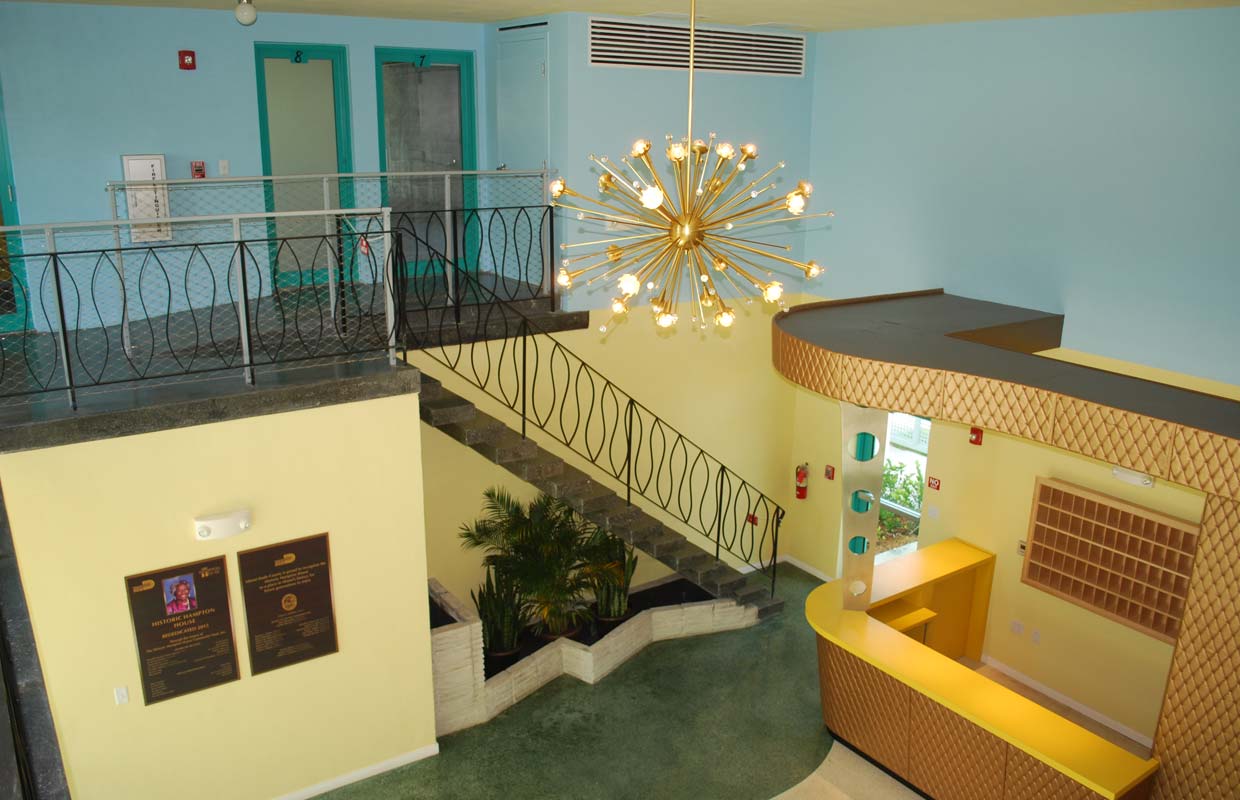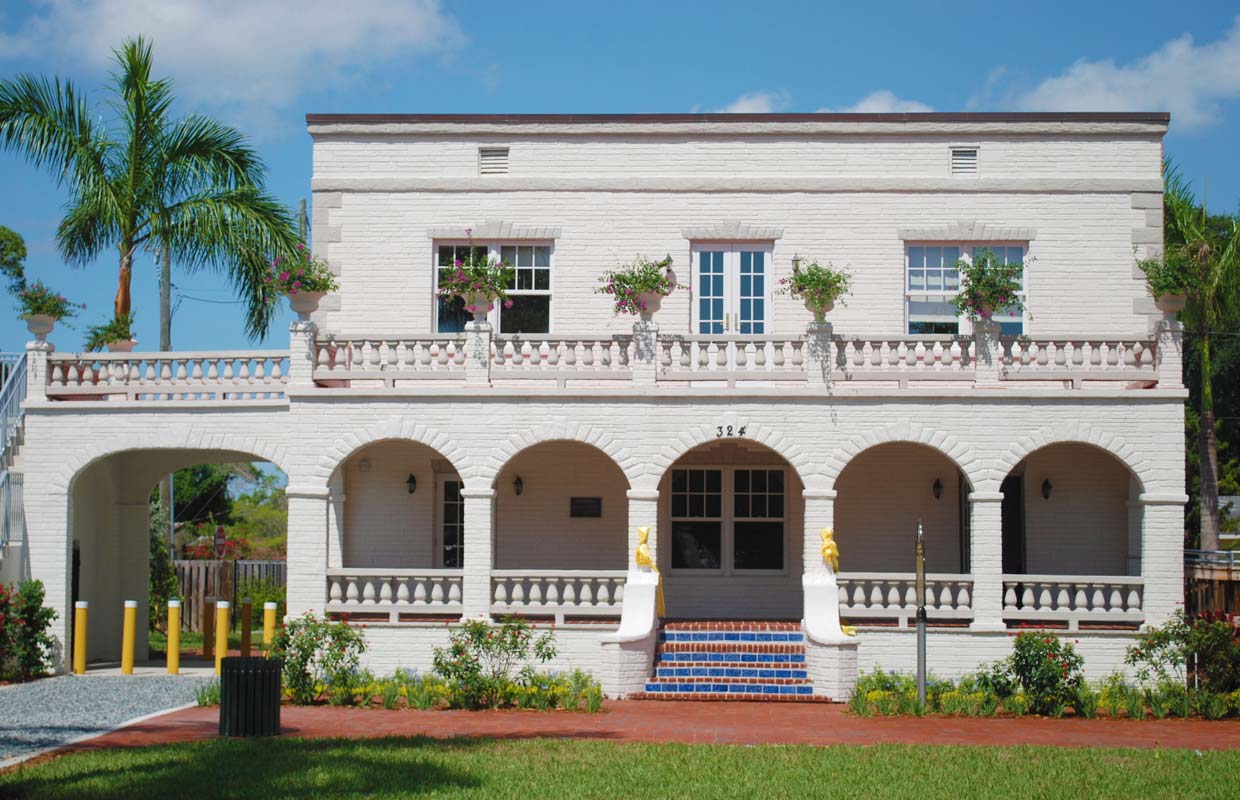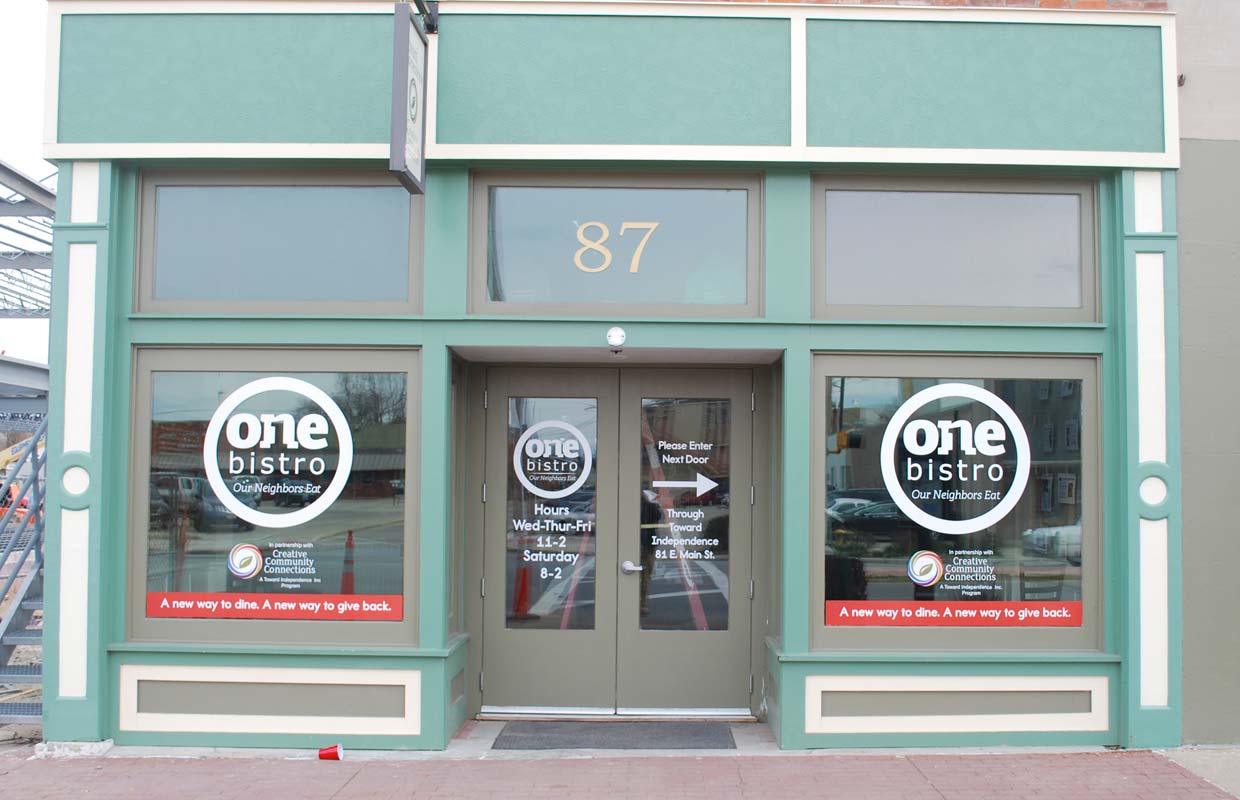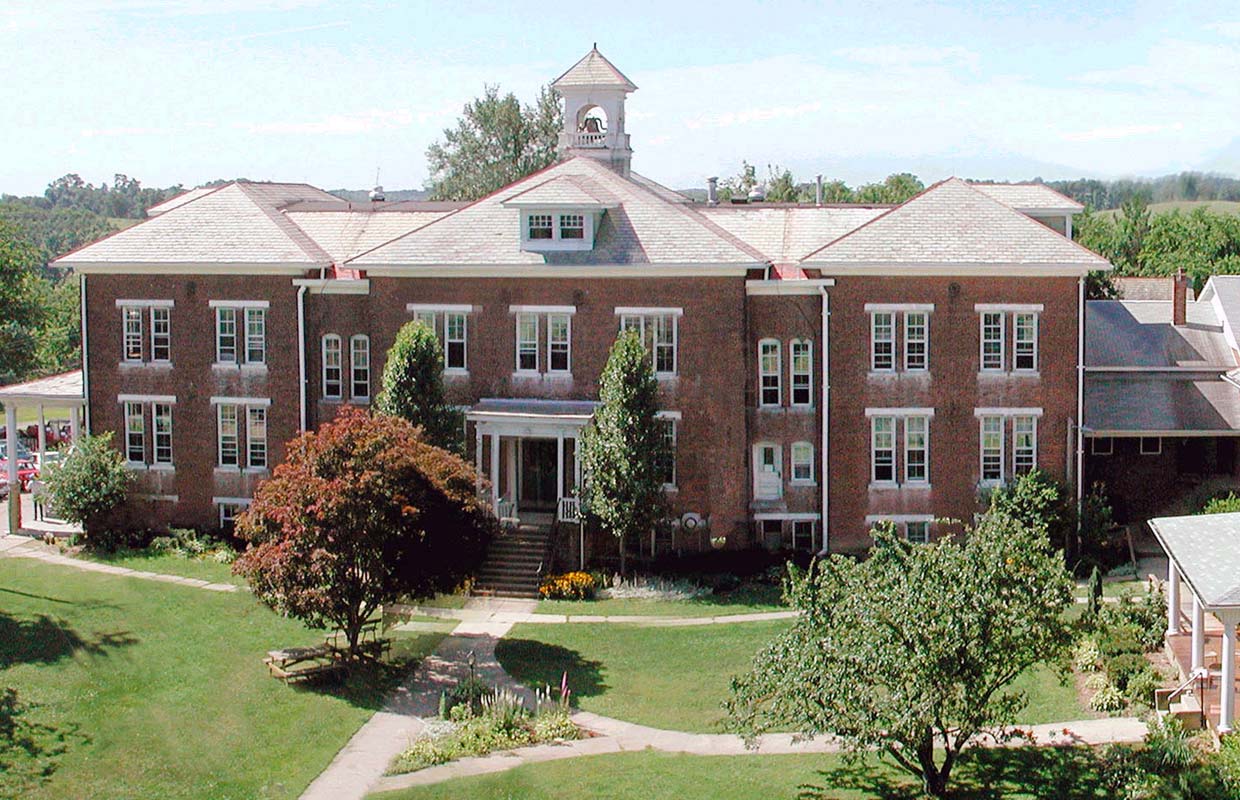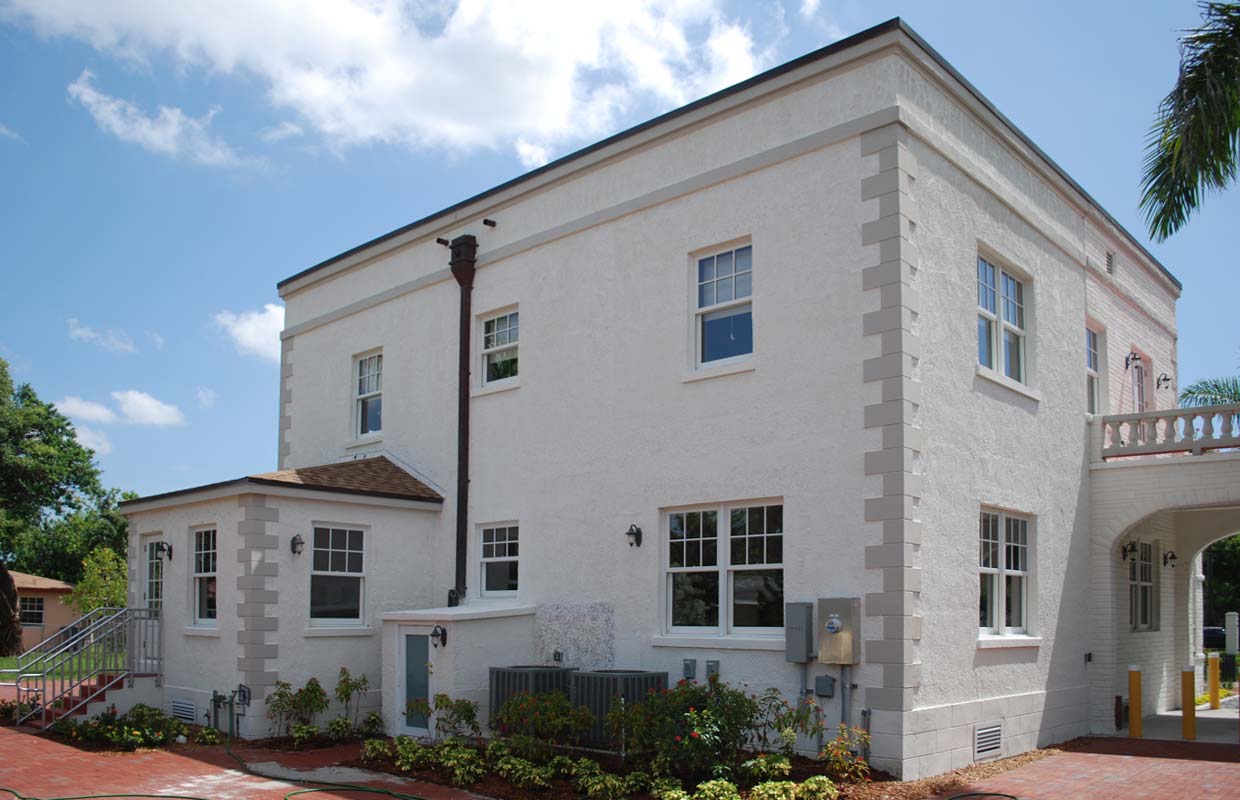News Miami
Miami's Historic Preservation Battle: HB 1317 and SB 1346
In the bustling heart of Miami, a debate is raging that has ignited passions and drawn lines in the sand between developers and preservationists. The battleground? Historic buildings in downtown Miami and across Florida. At the center of this conflict are two contentious bills: HB 1317 and SB 1346. These bills have sparked a heated architectural debate, pitting developers' interests against the preservation of Miami's rich architectural history.
Origin of the Bills
House Bill 1317 and Senate Bill 1346 were introduced in the Florida Legislature in 2022, designed to make it easier for developers to demolish historic buildings throughout Florida. Republican sponsors, Miami Springs Sen. Bryan Ávila and North Fort Myers Rep. Spencer Roach, said the changes they proposed would make coastal communities safer by preventing local historic preservation boards from obstructing the replacement of old, weather-worn buildings at risk of collapse.
Developer Perspectives
Developers have been quick to express their support for these bills, claiming that they could revitalize many areas in Miami and beyond. They argue that older, less functional buildings could be replaced with modern, energy-efficient structures, ultimately contributing to the city's growth.
John Anderson, a prominent developer in Miami, believes that the bills offer a unique opportunity for revitalization. He states, "We have many underutilized properties that can be transformed into vibrant, profitable spaces. It's not about erasing history but rather adapting it to the changing needs of our city."
Historic Architects Perspectives
While developers emphasize the potential for economic growth and modernization, historic architects and preservationists are deeply concerned about the bills' consequences for Miami's cultural heritage. They argue that the city's unique history is at risk of being sacrificed for the sake of development. Renowned historic architect Susan Lewis says, "Miami has a rich architectural heritage that tells a story of our past. These buildings are a part of our collective identity. Destroying them would be a profound loss for our community."
Historic preservationists also fear the erosion of Miami's distinctive character. Veronica Chavez, a member of the Miami Preservation Society, asserts, "Our city's charm comes from its historic buildings, their unique designs, and the stories they hold. We must balance development with preserving what makes Miami special."
Local Government Perspectives
The Miami City Council has become a key player in this debate. They hold the power to influence the future of HB 1317 and SB 1346 within the city's jurisdiction. City officials have been engaged in discussions, listening to both sides of the argument, and attempting to strike a compromise. City Council member Sarah Rodriguez reflects, "It's our responsibility to find a middle ground that protects our heritage while also encouraging growth. We're considering a range of options, such as increased tax incentives for preservation, stricter design guidelines for new construction, and better public engagement to determine which buildings are truly historically significant."
The Debate's Current Status
As of October 2023, HB 1317 and SB 1346 have not yet been passed into law, but they remain on the table for consideration. The discussion continues, with both sides vehemently advocating their positions. Historic architectural firms have mobilized to educate the public about the value of preserving Miami's history.
Steve Avdakov and his firm, Heritage Architectural & Associates, has been at the forefront of the Miami historic preservation movement. "Our mission is to help people realize a couple of things, one, people aren’t coming to Miami to see homogenized buildings that are found everywhere from Boston to Bakersfield, they’re coming to see Miami’s vibrant mid-century modern architecture. Second, once these heritage & architectural assets are gone, they’re gone for ever." He says. "These buildings are a part of Florida’s history and people want to keep that desirable heritage. We can find ways to integrate new development while preserving our past."
Developer John Anderson, on the other hand, believes that the preservation movement is sometimes too rigid. He insists, "We want to preserve our history, but not at the cost of stifling progress. There's room for compromise and balance in this discussion."
The Future of HB 1317 and SB 1346
The future of these bills is uncertain. While developers are eager to see them passed into law, the efforts of historic architects and preservationists are focused on amending the bills to include stronger protections for historically significant buildings. City Council member Sarah Rodriguez emphasizes the need for careful consideration: "We're committed to making informed decisions. Our focus is on striking a balance between development and preservation. We want to protect our history while ensuring Miami continues to grow."
Conclusion
The debate over HB 1317 and SB 1346 in Miami highlights the age-old struggle between development and preservation. The battle between those who view historic buildings as an obstacle to progress and those who see them as a vital part of the city's identity continues to unfold. As the discussions continue, Miami faces an important decision: how to protect its rich architectural history while accommodating growth and modernization. Whether through amendments to the bills or through other initiatives, the city must find a way to harmonize its past and future, ensuring that Miami's unique character remains intact, preserving our heritage and property values for generations to come.
Heritage Architectural & Associates provide a road map to preserve, protect and integrate historic buildings into adaptive use or other means. Visit our portfolio to review the Hampton House restoration project in Miami, Florida.

